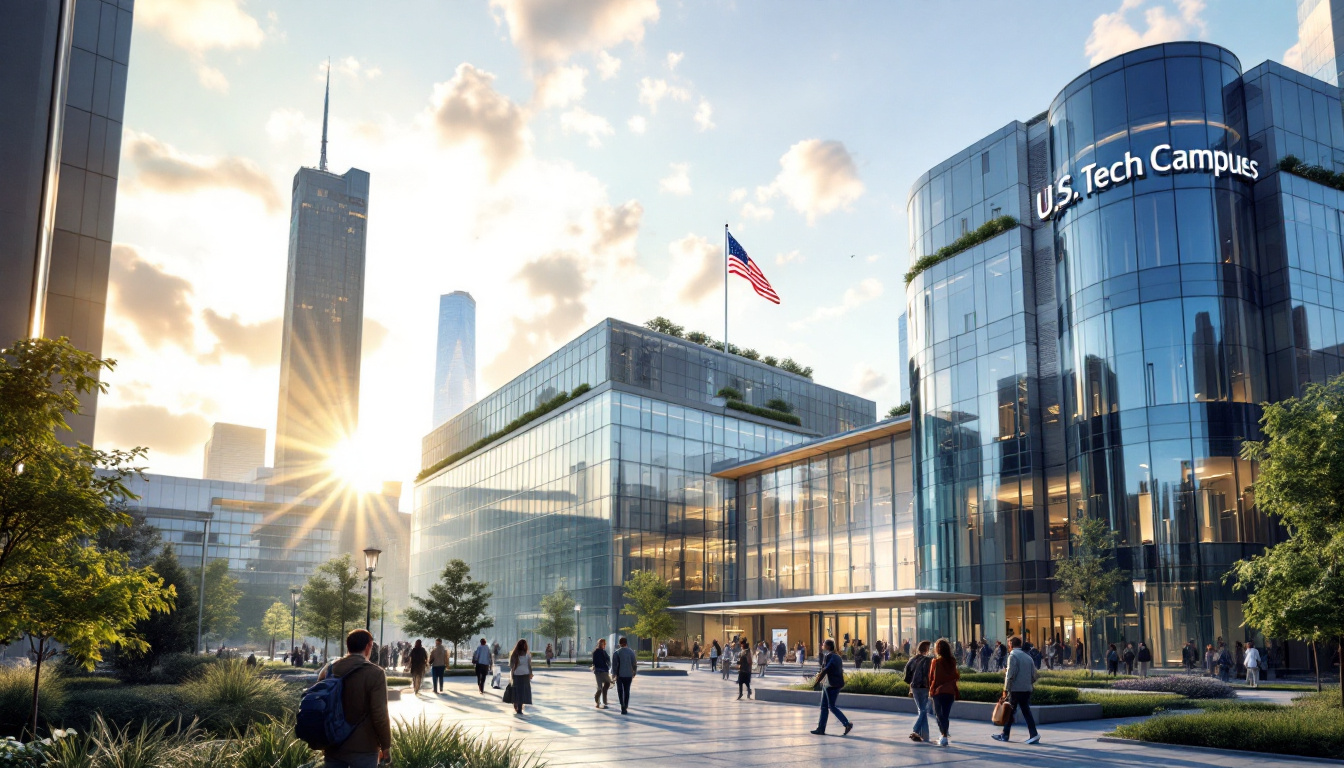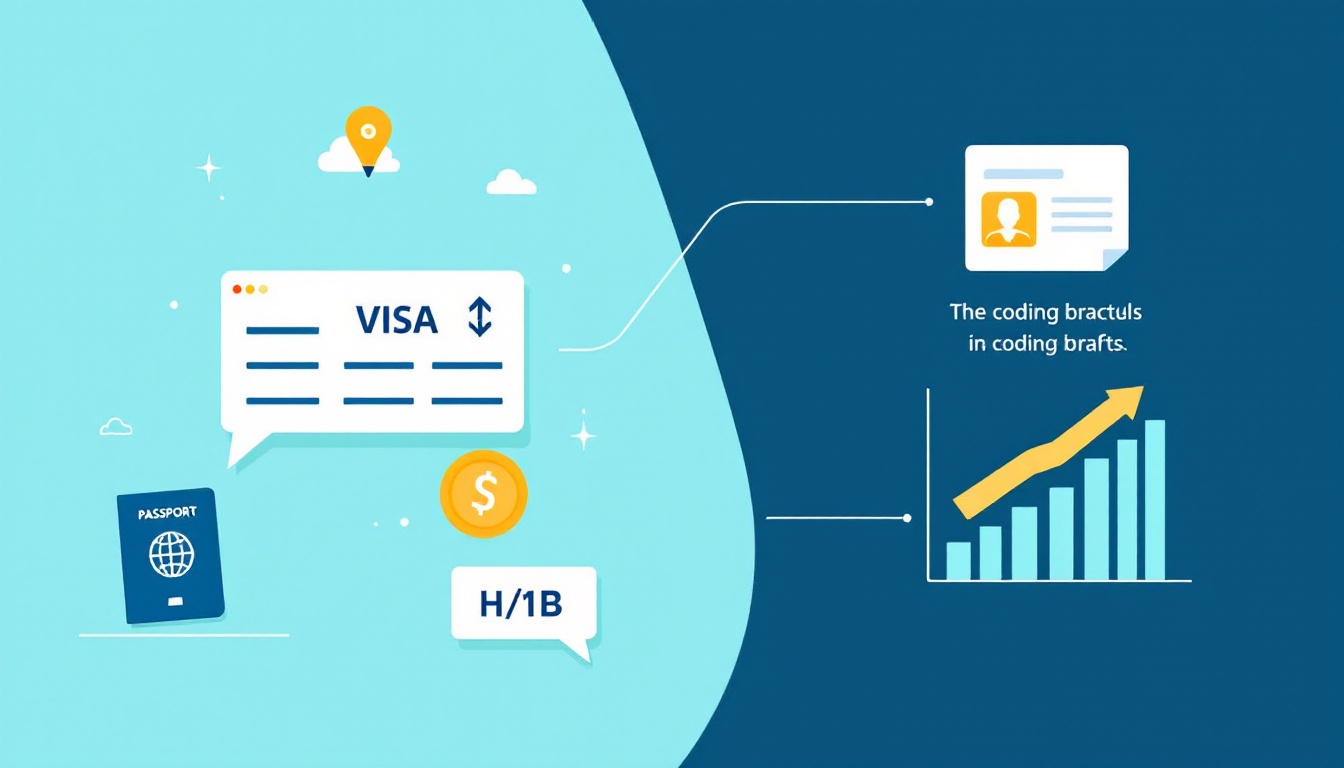A new report highlights which U.S. tech company leads in H-1B visas. Here is what the ranking means, how the program works, and what it says about the hunt for skilled talent in software, AI, and cloud.

Quick takeaways:
- One U.S. tech giant tops recent H-1B counts, outpacing peers in approvals and applications.
- Demand reflects shortages in highly skilled roles like AI, cloud, and cybersecurity.
- H-1B caps, lotteries, and processing backlogs shape who gets hired and when.
- Policy changes around wage rules and fraud prevention can shift hiring strategies.
What the ranking shows
The headline is simple: one big-name U.S. tech company has the largest number of H-1B approvals among its peers. That lead often comes from scale, consistent filing in the annual lottery, and deep pipelines for software engineering, data science, and infrastructure teams.
Close behind are other household names and IT services firms that support large enterprise clients. Year to year, the order can shift as companies freeze or accelerate hiring, but the same cluster tends to dominate the top spots.

How the H-1B program works
The H-1B is a temporary work visa for specialty occupations, usually requiring a bachelor’s degree or higher. There is an annual cap, with most slots allocated through a registration lottery. Employers sponsor applicants and must meet wage requirements tied to location and role level.
Once selected, petitions go through vetting and, in some cases, requests for evidence. Approvals allow employees to begin work on set dates, often in October. Renewals and transfers are common as careers progress.
Why tech relies on H-1B talent
- Skills scarcity. AI, machine learning, and advanced cloud roles outpace local supply.
- Project velocity. Large product roadmaps need steady hiring across multiple teams.
- Global networks. Many engineers earn advanced degrees at U.S. universities and transition to full-time roles.
- R&D intensity. Patents, platform shifts, and security threats push constant upskilling.
Impact on pay and local hiring
Critics worry heavy H-1B use can suppress wages or displace local hires. Supporters say the opposite: that adding specialized workers helps companies grow, which creates more jobs overall. In practice, wage floors and market competition keep pay rates high for in-demand roles, and many H-1B workers earn top-tier salaries with equity.

Policy shifts to watch
- Lottery reform. Efforts to curb multiple registrations and target higher-wage roles.
- Prevailing wage updates. Changes to how wages are set by location and level.
- Site visits and audits. Expanded enforcement to reduce fraud and ghost job postings.
- STEM pathways. Optional Practical Training (OPT) and green card backlogs shape long-term retention.
What this means for candidates
- Build a strong portfolio. Show impact with shipped projects, open-source contributions, and measurable results.
- Target employers with history. Companies that regularly file H-1Bs know the process and timelines.
- Mind the calendar. Registration windows, start dates, and cap seasons matter for planning.
- Leverage grad programs. U.S. master’s grads may have higher odds under certain caps.
- Stay compliant. Keep records, update addresses, and follow travel guidance closely.
What this means for employers
- Forecast early. Align headcount plans with H-1B timelines and backup hiring channels.
- Focus on wages and leveling. Competitive offers and accurate prevailing wage levels reduce friction.
- Invest in retention. Mentorship, green card sponsorship, and clear career ladders keep teams stable.
- Distribute hubs. Consider roles across multiple U.S. tech cities to tap broader talent pools.

H-1B filings remain a core lever for U.S. tech growth. The company at the top of the list signals where demand is hottest and where projects are scaling fast. Policy tweaks will keep shaping the funnel, but the need for specialized talent is not slowing.

